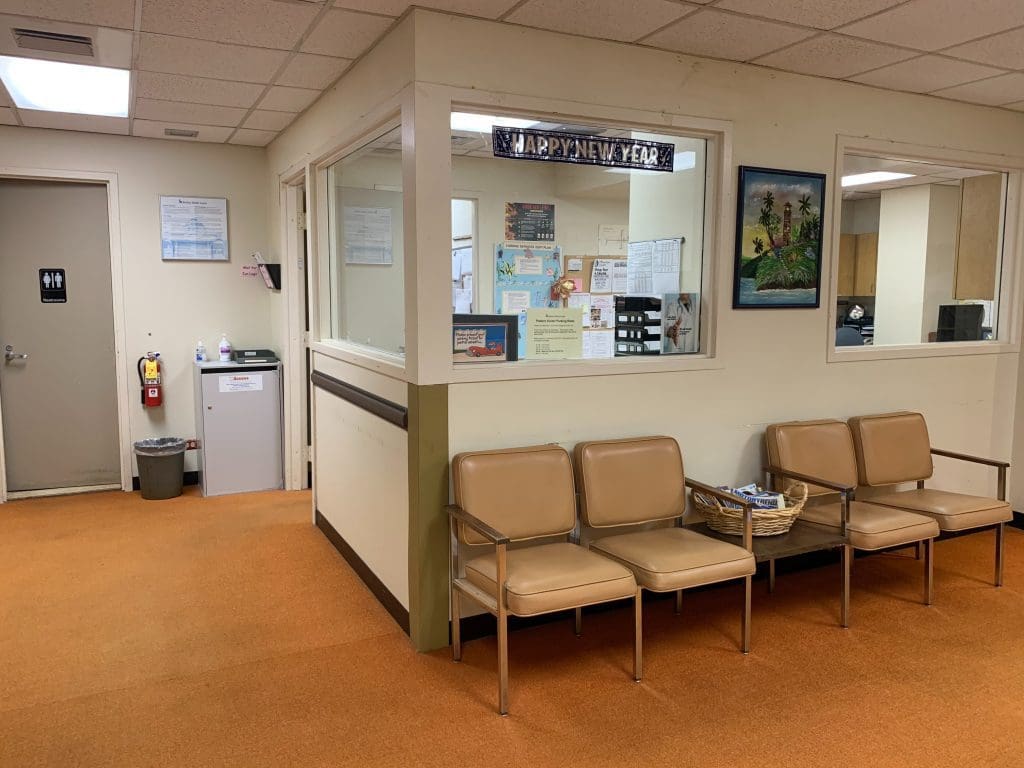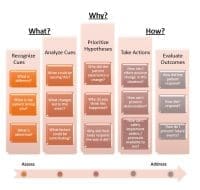This weekend radically changed the great health reform debate of 2009. With President Obama abandoning the “public plan” option, many on the left think that all that will come out of this “sound and fury” is a little more (okay, so maybe a lot more) tinkering—which will be about as helpful as putting new tires on an old clunker! The folks on the right, still claiming the House Bill requires “death panels” (thank you, Sarah Palin) and decrying a government rake-over of health care, smell victory. But as the saying goes, “It ain’t over ‘til it’s over.” (Thank you, Yogi Berra!)
According to CNN (accessed August 17, 2009), White House spokeswoman Linda Douglass said on August 16, “Nothing has changed. The President has always said that what is essential is that health-insurance reform must lower costs, ensure that there are affordable options for all Americans and increase choice and competition in the health-insurance market. He believes the public option is the best way to achieve those goals.” But apparently that’s not the only way. On August 15 in Grand Junction, CO, Mr. Obama said, “The public option, whether we have it or we don’t have it, is not the entirety of health-care reform.”
Obama’s stand on a public option has never fit neatly into the narrative of either the left (a one-payer system) or the right (market reform). Obama has never presented the public option as anything other than a means to an end — one that he would be perfectly willing to achieve through other avenues if necessary. His goal is still twofold: to provide a low-cost alternative to the private system that already exists and to ensure competition in a health care market where such an alternative generally is lacking. How would he do that without a public plan? It’s entirely possible that a cooperative arrangement of the type being discussed by the Senate Finance Committee, might provide an alternative to both the right’s failed experiment in market reform and the left’s one-payer system. Healthcare cooperatives that state (or region) based and modeled on rural cooperatives might just satisfy most Americans.


















